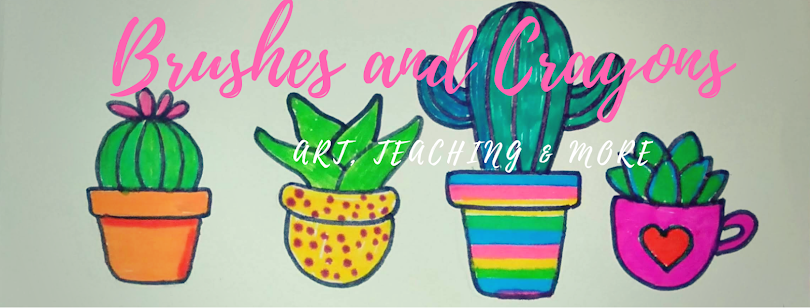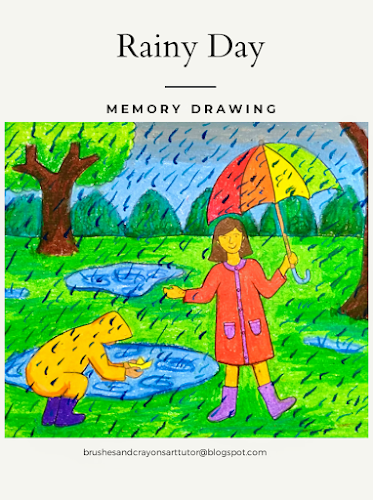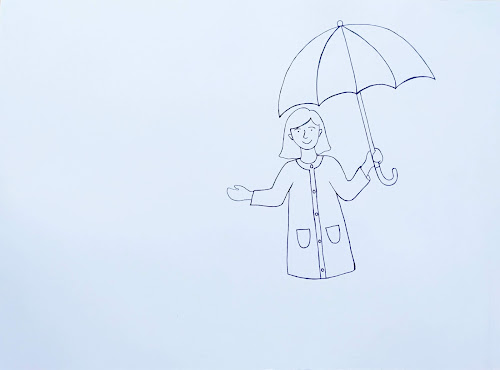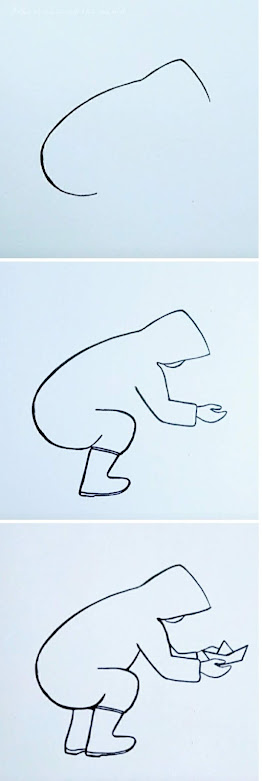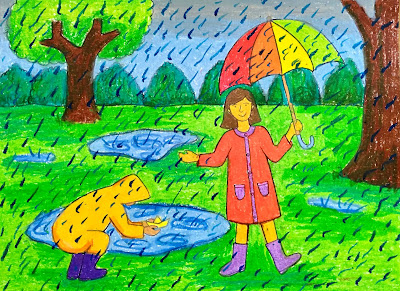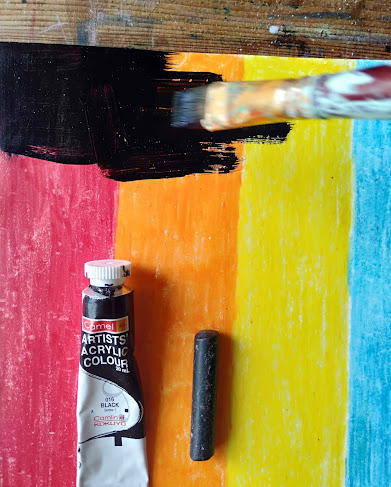Hello 😊
I had seen pictures of this beautiful vegetable garden art in Pinterest world and had really been wanting to try it out with the kids. Since we would be doing it via an online class, time would be limited and we kept it to drawing just three vegetables. One could add more which would make the picture that much more interesting.
Lessons from nature are amongst my favourite to do and this art lesson ticked all the boxes, plant drawings, plant life, gardening, all checked ✔️
We chatted about other vegetables which grow underground, I heard potato, garlic! and I told them some myself, ginger, turmeric, turnip, one can go on!
During the virtual class, I used a waterproof sketch pen to draw the vegetables as the kids need to see clearly in order to follow along. Contouring is optional.
Vegetable Garden Art.
You will need,
• paper
• pencil
• sketch pen (optional)
• oil pastels
• watercolours
• brushes
• small bowl for water
• tea towel or paper towel.
Draw a horizon line dividing your paper into two halves, the top half will be the sky, below will be the soil.
Below the line, that is under the ground, first draw the carrot, add roots coming out from its tapering end, then its leaves, which are small in size. Then draw the beetroot, which is mostlyamostly round and has larger leaves. Finally the onion bulb, with little roots coming out at the bottom and its stalk growing above the ground
Colouring~ I have used both crayons and watercolours, you could use either or both.
There! Now our vegetable garden is complete with yummy veggies. What I like about this lesson is that kids could follow along with little difficulty, and they were very happy while colouring it in. I was pretty stoked with the results, all their vegggie pictures were a complete delight. I'm so glad I did this with them !😊🥕🥔🌱
Let's take a look at our little artists' veggie gardens 😊🥕
Hope you enjoyed our version of this art lesson.
Have a good week and see you in another post 😊🌈
